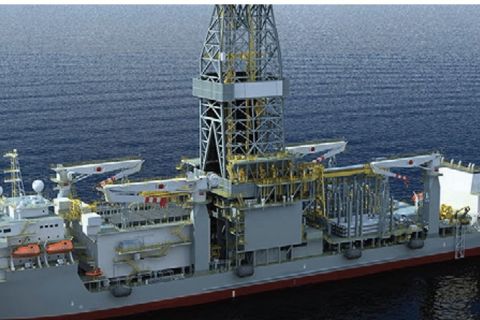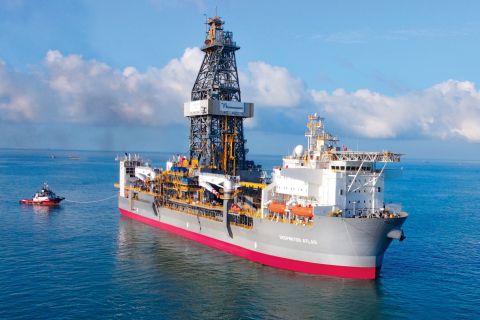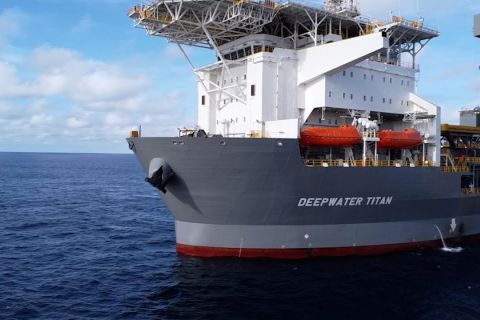Presented by:

Editor's note: This article appears in the new E&P newsletter. Subscribe to the newsletter here.
Many of the current sustainability efforts in the oil and gas industry are focused on the elimination or reduction of emissions, particularly greenhouse gasses such as CO2. While reducing emissions is certainly important, another topic that is significant, particularly to those involved in hydraulic fracturing, is reducing the usage of one of our most valuable natural resources: fresh water.
Historically throughout much of the country, fresh water has been the primary source water for completions with produced waters viewed as a necessary waste in the production of oil and gas. Production water was collected and transported from well sites to be injected into disposal wells or treated at wastewater treatment facilities and returned safely to the environment. This has been the norm because saltwater disposal wells were plentiful in many regions, treatment volumes were relatively low and many of the utilized chemistries performed significantly better in fresh water than in brine.
However, as the majority of well completions migrated toward water intensive high-volume, high-rate slickwater jobs, the ability to obtain an adequate supply of fresh water to perform the completions while also disposing of large volumes of produced water became challenging.
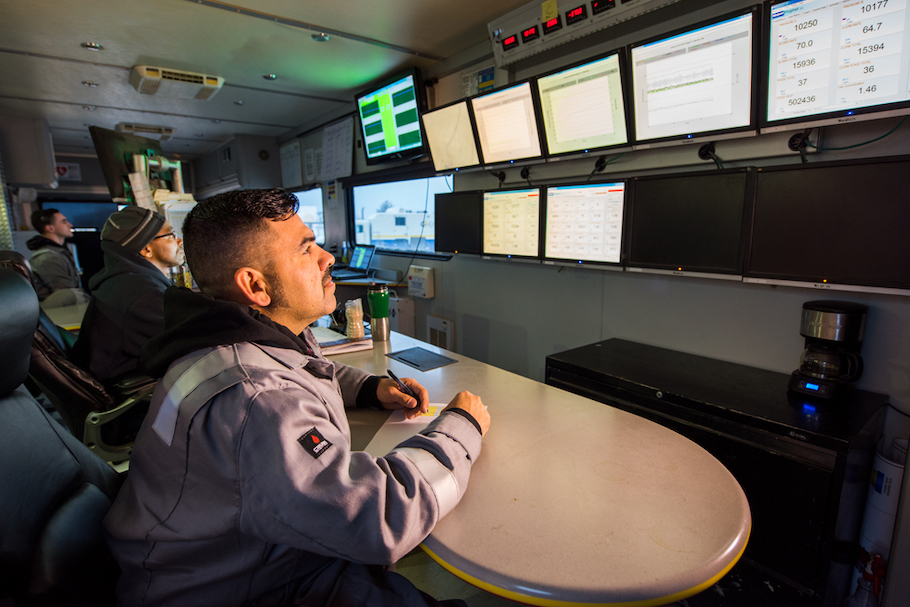
Water issues
One of the first areas of the country to experience water issues was the Appalachian Basin due to the lack of disposal wells and water withdrawal issues from creeks and rivers during low flow periods in the summer or other times of drought. It was quickly determined that reusing produced water was going to be necessary for the industry to expand.
Beginning around 2011, some production companies began using significant volumes of produced water for completions. Typically, 5-25% of the total water demand would come from produced water with total dissolved solids (TDS) levels of the diluted production water generally remaining below 50,000 mg/l. As the number of wells being completed increased over the years, so did the volume of brine that needed to be utilized.
Currently in the Appalachian Basin, most wells are completed using some percentage of produced water, with some utilizing up to 100% produced water having TDS levels in excess of 300,000 mg/l. Many of the other oil and gas producing basins around the U.S. continue to use primarily fresh water for completions; although, recently, the trend is toward increased use of production water in many of the basins around the country.
Friction reduction
The primary chemistry-related parameter that drives completion efficiency in high-rate slickwater jobs is friction reduction. Improved friction reduction leads to lower treating pressures, higher treating rates, shorter stage times, reduced equipment wear and a reduction in fuel consumption/emissions. Friction reduction is primarily a function of the water quality (composition, temperature, pH), friction reducer specs (chemistry, physical form, activity level, concentration) and chemical interactions with other chemistries in the completion fluid package. Utilizing advances in friction reducer chemistry allows the use of up to 100% produced water while maintaining or improving upon the performance previously obtained with conventional friction reducers in fresh water.
The number of friction reducers available for use is almost limitless. They are typically available as anionic or cationic charged materials in emulsion, slurry and powder forms composed of simple polymers or complex copolymers. Selecting the optimal friction reducer for the application is accomplished through laboratory flowloop evaluation of the multitude of products available on the market in representative synthetic brines, chemical compatibility testing and prejob evaluation in the actual water for the job.
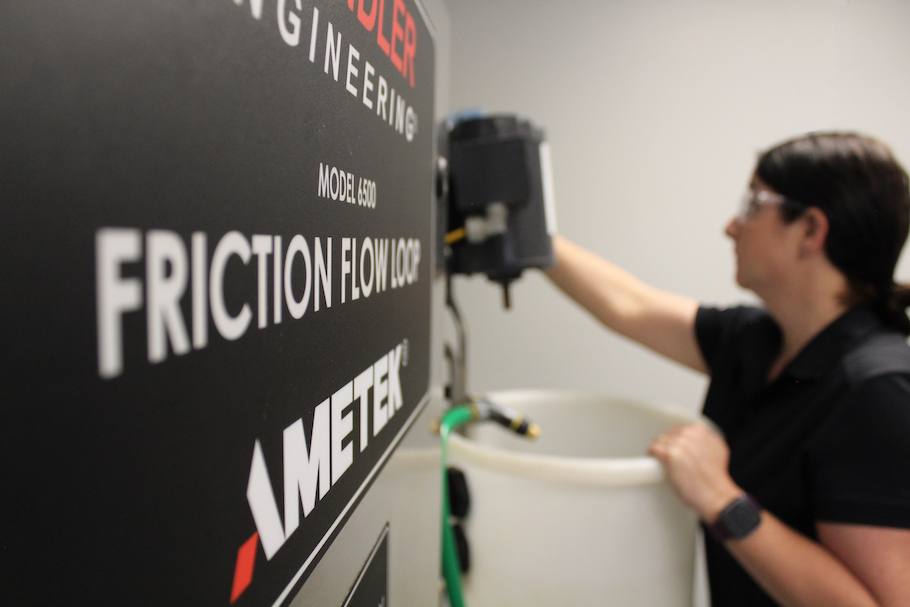
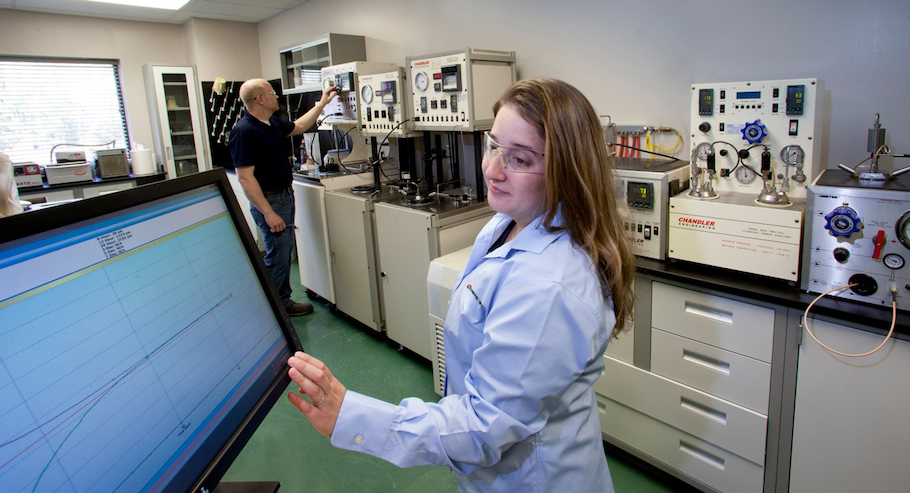
Testing more than 350 friction reducers from more than 50 different manufacturers/suppliers over the past six years has allowed Universal Pressure Pumping (a Patterson-UTI company) to build a robust catalogue of friction reducer offerings to satisfy a variety of needs. Testing has been conducted in water qualities ranging from fresh to 300,000 mg/l TDS brines, water temperatures from 40 F to 70 F and friction reducer concentrations from 0.1 to 6 gpt. The establishment of extensive data and the ability for it to be rapidly reviewed is crucial in efficiently identifying the optimal friction reducer for the specific application, as water quality constantly changes due to the increased production water usage.
Most common anionic friction reducers can be utilized in fresh water and will yield excellent friction reduction in the 0.5 to 1.0 gpt concentration range. The performance of these same friction reducers suffers significantly when used in brine, particularly in produced water, which contains significant concentrations of multivalent cations (calcium, magnesium, barium, iron, etc). Some, but not all of the products, can be used at increased concentrations to allow them to perform acceptably in low TDS brines. These products can be negatively impacted by the volume of produced water being utilized due to pressure limitations and typically lead to high volumes of truck traffic friction reducer to location due to performance inefficiency.
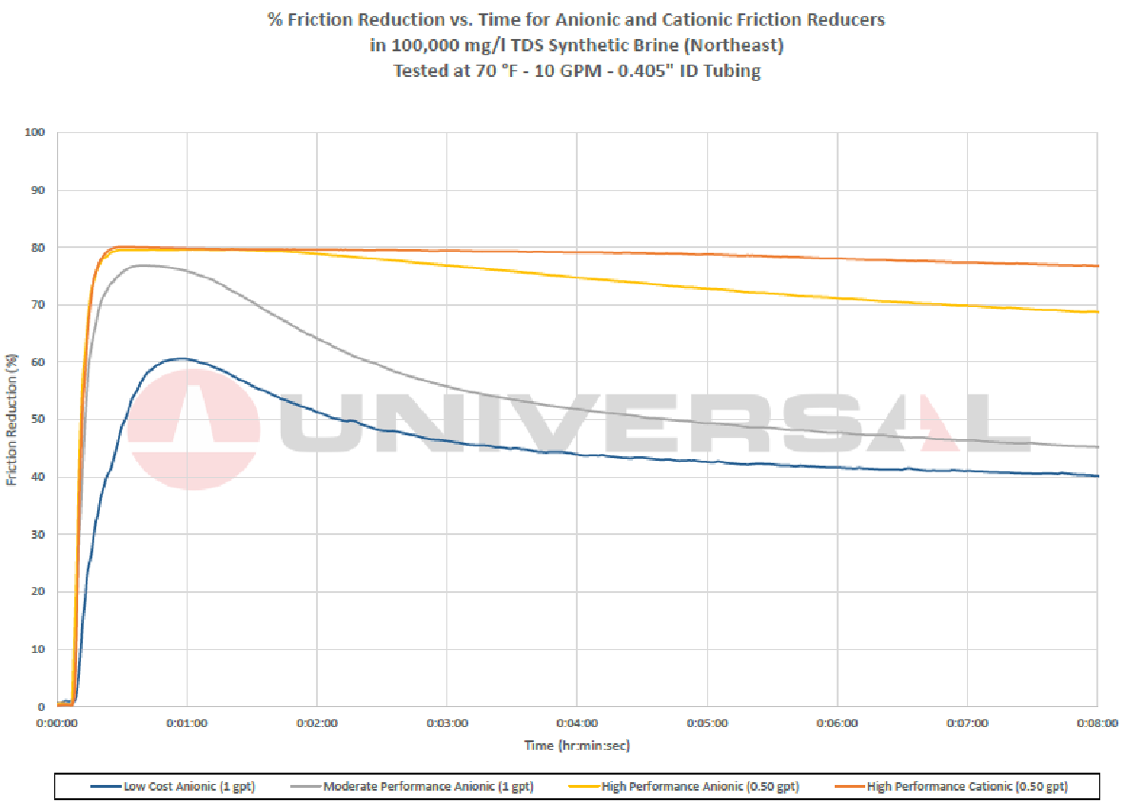
Improvements
Within the last year, significant improvements have been made with anionic friction reducers to increase their brine tolerance. Many of these products are AMPS-based copolymers with high tolerance to multivalent cations found in produced waters. Several of these newly developed products can provide exceptional friction reduction in fresh water and brines containing in excess of 200,000 mg/l TDS. Field evaluation has demonstrated that these products can produce the same level of friction reduction as conventional anionic friction reducers at a 50-70% reduction in concentration.
Two of these products have been trialed and adopted by Universal's customers in the Permian Basin that prefer to use an anionic fluid package while using produced water blends with TDS levels of up to ~100,000 mg/l for their completions.
Cationic friction reducers have also seen significant advancements in recent years with some providing excellent friction reduction in water qualities ranging from fresh to over 300,000 mg/l TDS. The highest quality cationic friction reducers offer virtually the same level of friction reduction in 100% produced water as they do in 100% fresh water. Cationic friction reducers are utilized for the majority of wells completed in the Appalachian Basin using any level of produced water. Compared against traditional anionic friction reducers, these cationic friction reducers are often able to reduce friction reducer concentrations by 50% or more while simultaneously lowering treating pressures by an average of 1,000-2,000 psi and allowing up to 100% produced water utilization.
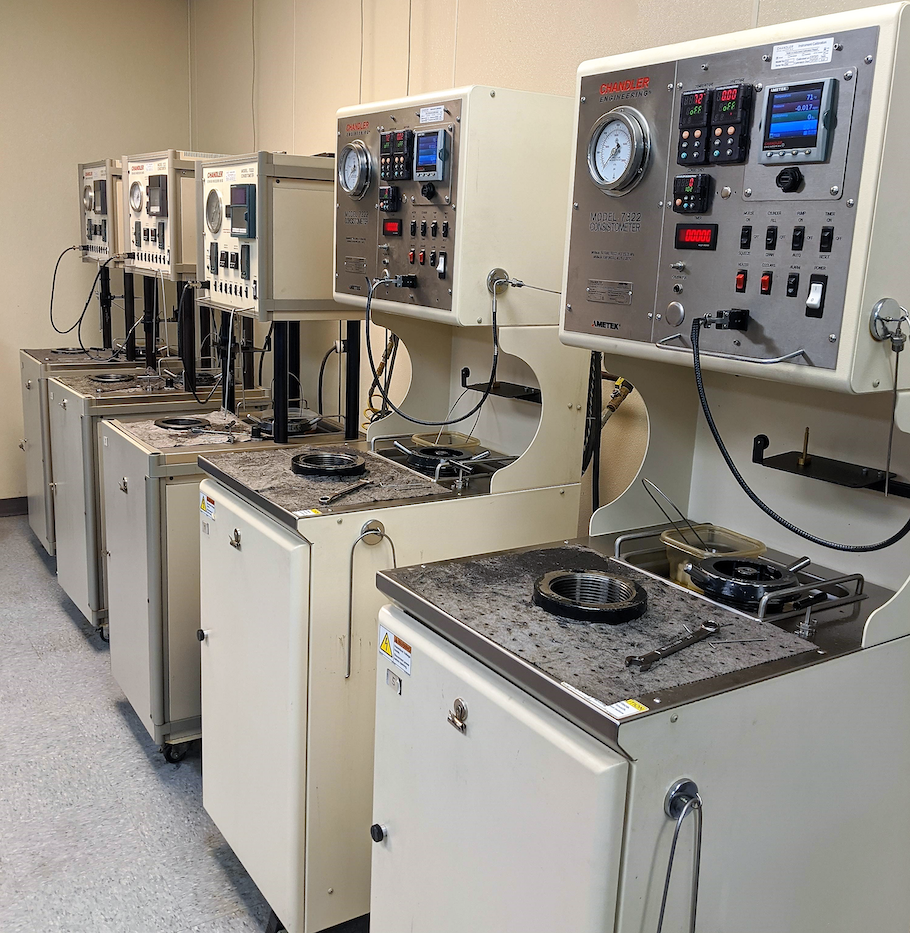
Conclusion
Under the current market conditions, it is easy to want to use the lowest cost per gallon chemistry that is available. However, when all factors are considered, paying more per gallon to utilize high-performance intelligent chemistry can lower well completion costs and improve completion efficiency while preserving freshwater natural resources. Utilizing optimized chemistry for the specific application can reduce chemical concentrations and the associated number of field deliveries, allow significantly increased produced water usage and less brine disposal, increase treatment rates/decrease stage times and lower treatment pressures to aid in minimizing equipment failures and associated nonproductive time.
RELATED CONTENT:
Featuring interviews with Patterson-UTI CEO Andy Hendricks
March 26, 2021: Oil and Gas Investor Rig Market Trends: A Cautious Rigging Up
November 6, 2020: Oil Operators Get DUCs in a Row, Adding Fracking Crews to Boost Output
Recommended Reading
Petrobras to Step Up Exploration with $7.5B in Capex, CEO Says
2024-03-26 - Petrobras CEO Jean Paul Prates said the company is considering exploration opportunities from the Equatorial margin of South America to West Africa.
E&P Highlights: April 15, 2024
2024-04-15 - Here’s a roundup of the latest E&P headlines, including an ultra-deepwater discovery and new contract awards.
Valaris Updates Fleet Status
2024-02-19 - The backlog of these contracts and extensions is valued at $1.2 billion.
Rystad: More Deepwater Wells to be Drilled in 2024
2024-02-29 - Upstream majors dive into deeper and frontier waters while exploration budgets for 2024 remain flat.
After 4Q Struggles, Transocean’s Upcycle Prediction Looks to Pay Off
2024-02-21 - As Transocean executives predicted during third-quarter earnings, the company is in the middle of an upcycle, with day rates and revenues reaching new heights.



